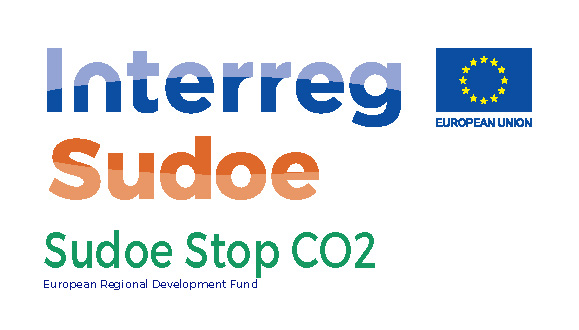SUDOE STOP CO2 ensures efficient energy management of passenger stations and transport centres located in urban centres using a BIM methodology.
The use of renewable energy does not exceed 5% of the stations and only 14% have an energy efficiency certificate. Thus, among the activities developed by the project, they tried to change the behaviour of the station managers by developing a simplified methodology of energy self-assessment that allows identifying the existing energy deficiencies. Based on this, the stations can be included in a network of sustainable stations created by the project and which counts on 60 stations in the SUDOE’s area today.
Another important point of the project has been the definition of an energy management methodology for transport stations through digital modelling tools (BIM methodology). All this was achieved through the definition of optimal development levels for this type of infrastructure, the characterization of elements and the realization of a market study that allowed defining in detail the appropriate software.
Following the definition of the methodology, 6 pilot projects were carried out to apply it, at the Arcachon, Libourne, Porto, Cartagena, Santander and Torrelavega stations, based on different specific objectives, which were monitored through SMART technology. In addition, an itinerant exhibition of the project was held in Lisbon, Bordeaux, O Porto, Cartágena, Santander, Santa Pola and Torrelavega.
Likewise, a manual of good practices has been produced for the efficient management of transport stations and thus guarantee a transferability of methodologies to other stations.



